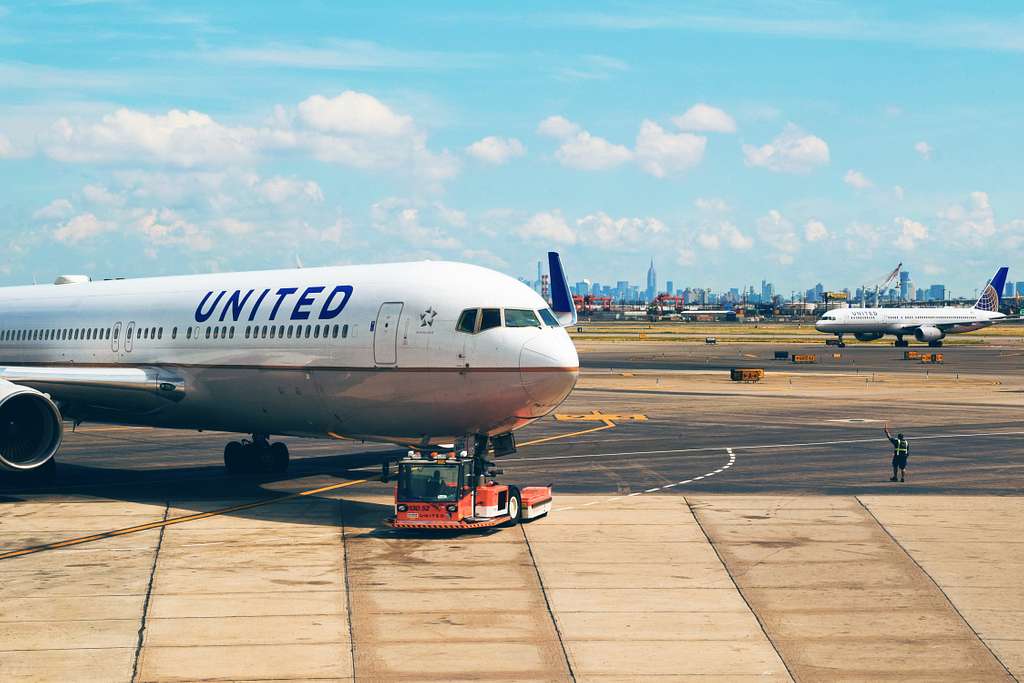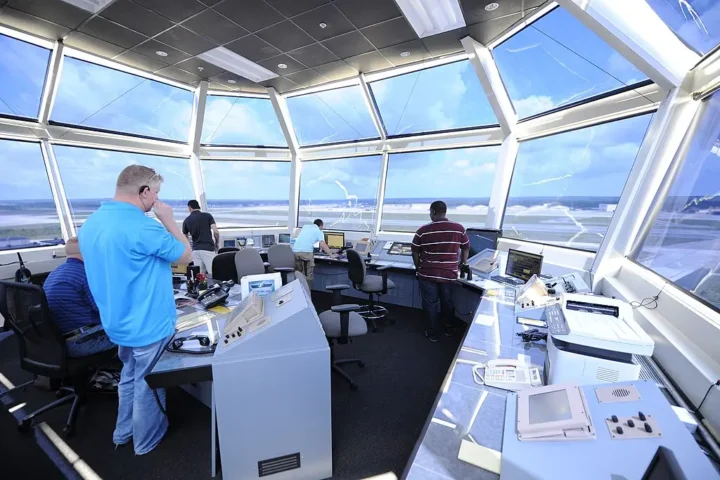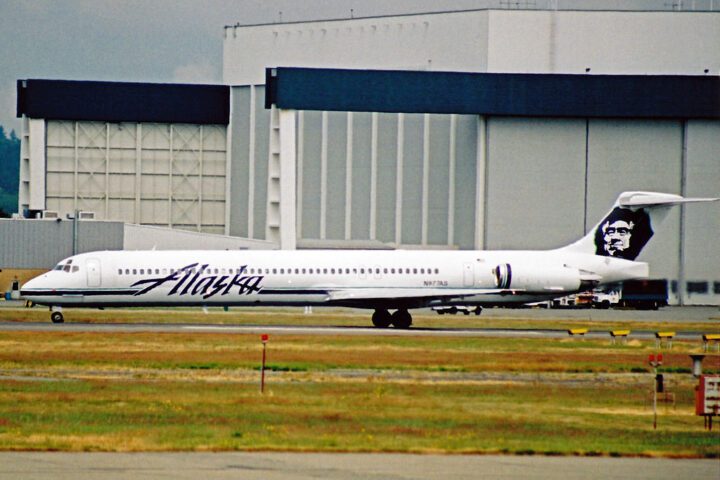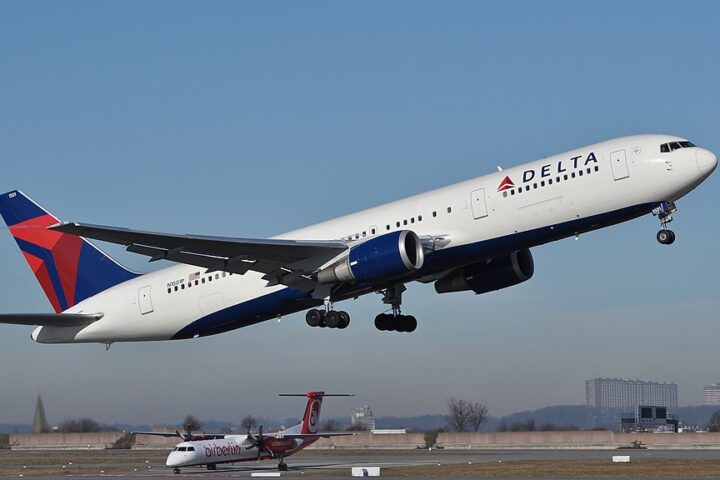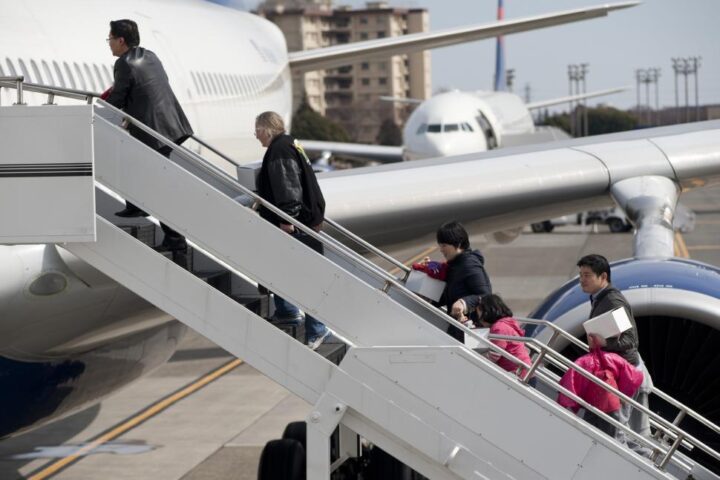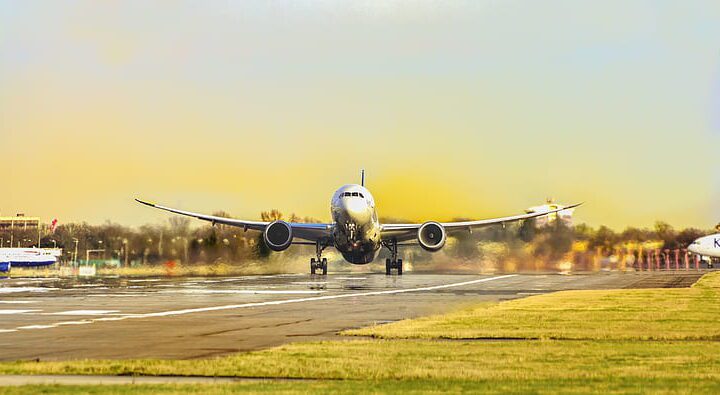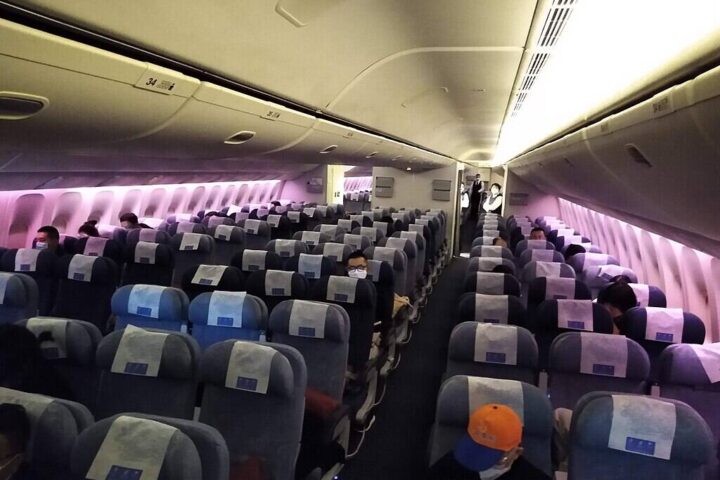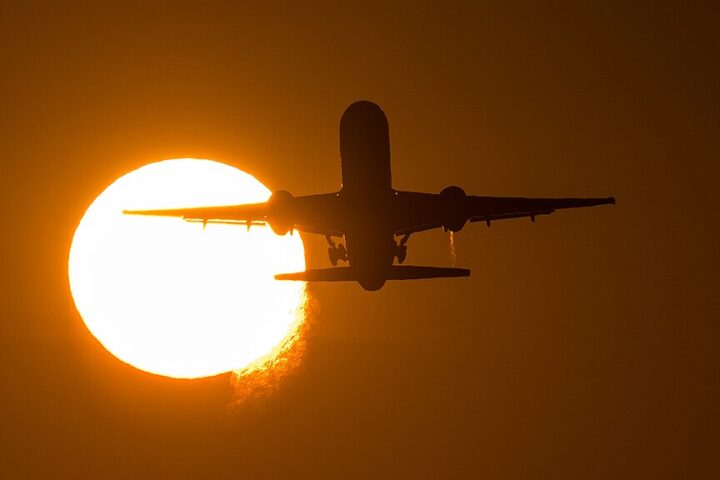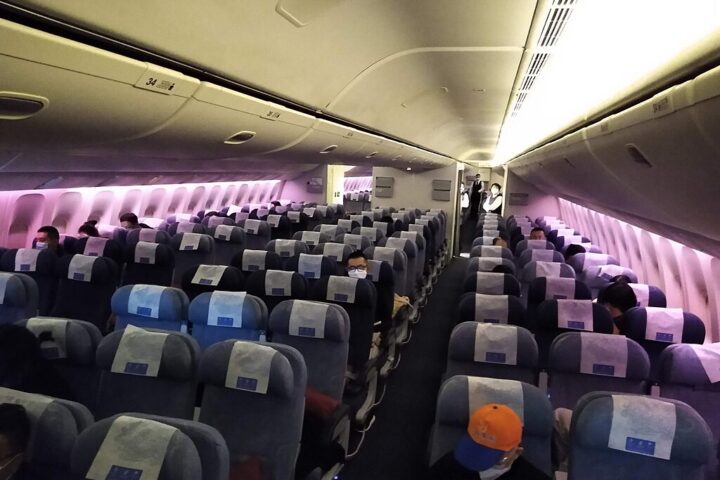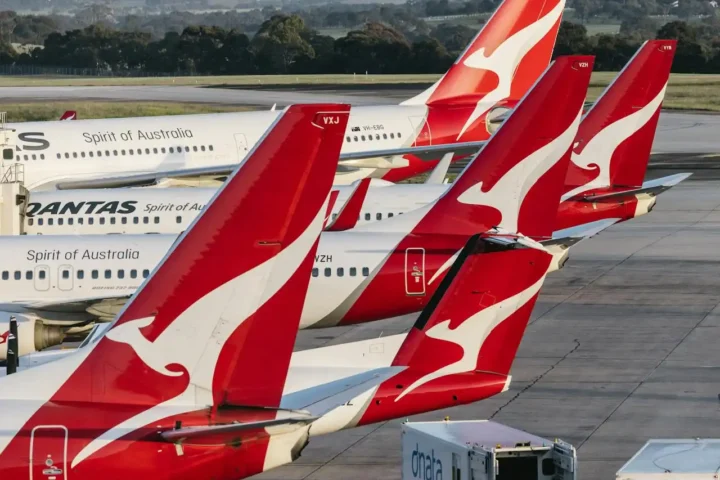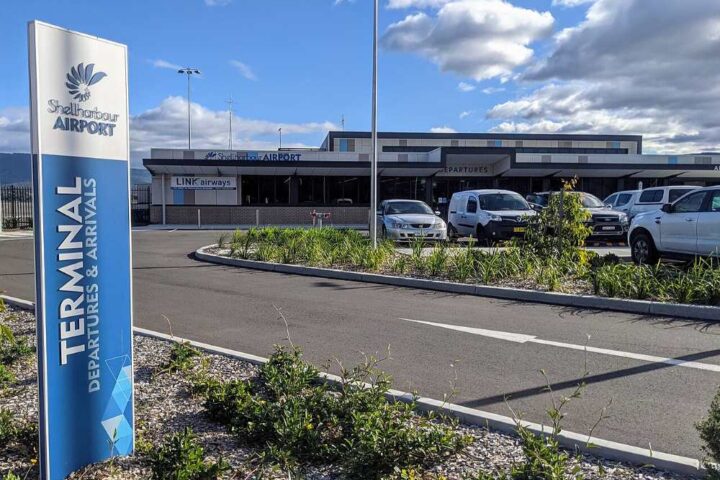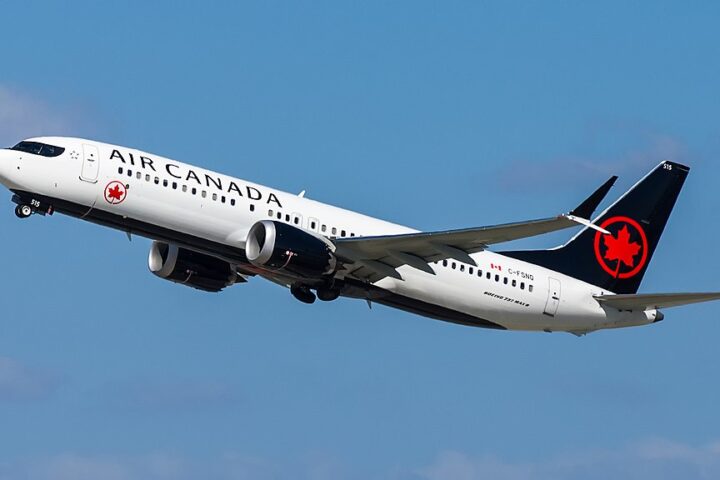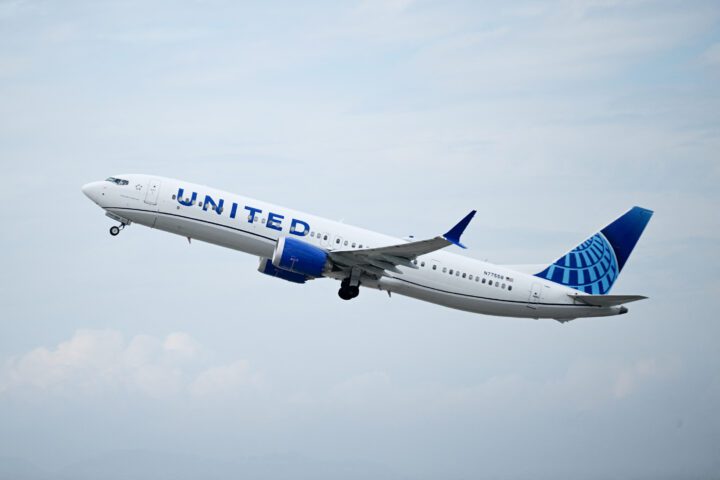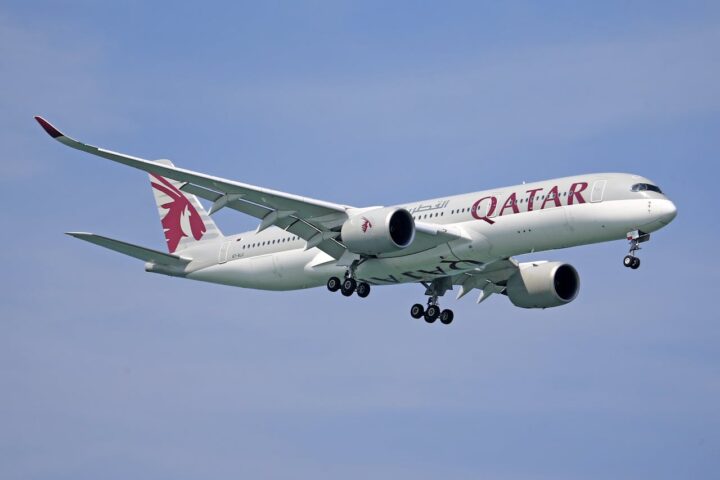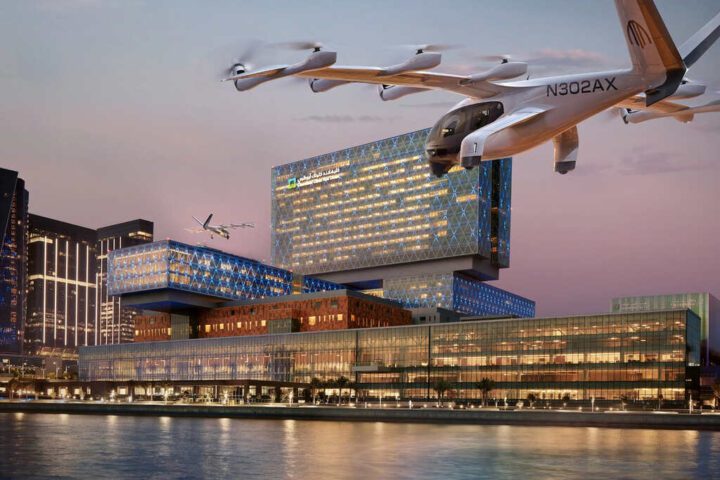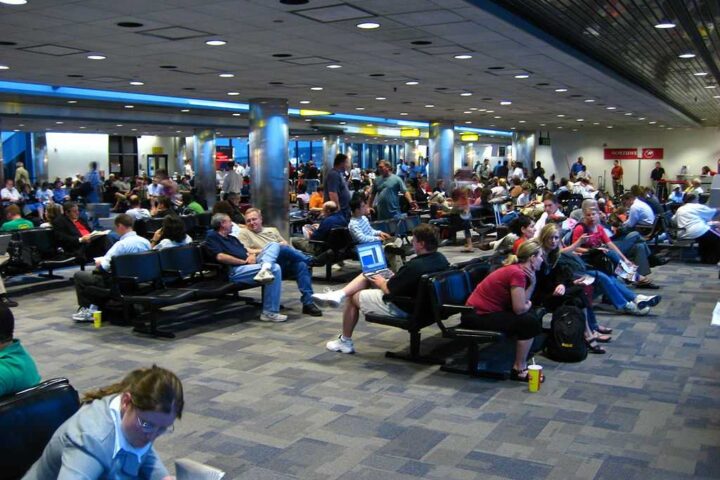Liberty Airport is currently weathering a perfect storm of operational challenges that has forced United Airlines to cut 35 daily round-trips from its schedule. The troubles come from three converging problems: severe controller shortages, aging FAA technology repeatedly failing, and a major runway rehabilitation project limiting capacity.
“Over 20% of the FAA controllers for EWR walked off the job,” United CEO Scott Kirby stated, highlighting just one factor in what’s become a multi-day meltdown at one of America’s busiest airports.
Controller Crisis Years in Making
The New York TRACON facility (N90) responsible for Newark’s airspace has been running on fumes for years, operating at only 59% of required staffing levels. FAA data reveals a troubling reality: the training pipeline is barely keeping pace with retirements, with around 25% to 33% of trainees successfully completing the certification process at N90—the lowest success rate nationwide.
“The system is 25, 30 years old. We use floppy disks! We use copper wires!” Transportation Secretary Sean Duffy explained, pointing to infrastructure dating back decades that’s struggling to handle modern air traffic volumes.
The nationwide controller shortage—approximately 3,000 positions unfilled—has forced mandatory overtime at facilities like Newark, with controllers routinely working six-day weeks to keep planes moving.
Band-Aid Solutions and Long-Term Fixes
In response, the DOT unveiled a comprehensive incentive package aimed at both recruitment and retention:
- $5,000 bonuses for new hires completing initial qualification
- $10,000 bonuses for graduates assigned to 13 hard-to-staff facilities
- 20% lump-sum pay incentives for controllers delaying retirement
“This is a meaningful step toward addressing ongoing staffing shortages,” NATCA President Nick Daniels stated following the announcement.
The FAA has also streamlined its hiring process from eight steps to five, cutting about five months off the time it takes to bring new controllers onboard. A new Learning Center is scheduled to open next month at the Oklahoma City Academy, aimed at boosting graduation rates that currently hover between 57–73%.
Similar Posts
Compounding Problems: Runway Work and Tech Failures
Adding to the staffing crunch, Newark’s Runway 4L/22R is completely closed until mid-June for a $121 million rehabilitation project—its first major overhaul since 2014. When certain wind conditions prevail, this can leave the airport dependent on a single runway, drastically reducing capacity.
Meanwhile, Philadelphia TRACON (which recently took over management of Newark’s airspace) has experienced multiple radar and radio failures in recent weeks, forcing ground stops and aircraft diversions. These technology breakdowns exposed the fragility of the FAA’s aging infrastructure.
Passenger Protections and Economic Impact
Flight delays aren’t just frustrating—they’re expensive. Studies from Airlines for America calculate that delays cost the U.S. economy approximately $33 billion annually, or about $47 per passenger hour lost.
For affected travelers, DOT’s automatic refund rule provides some protection: airlines must automatically refund passengers within seven business days (for credit card payments) when flights are delayed by three or more hours domestically.
Long-Term Solutions Taking Shape
The FAA’s budget now commits $1 billion annually (set to increase to $2 billion by 2027) specifically for modernizing radar systems and facilities. The NextGen program has already delivered $12.3 billion in benefits and aims to reduce fuel consumption by 2.8 billion gallons by 2040.
For Newark specifically, the FAA extended slot-usage waivers through October 2025, allowing airlines to voluntarily return up to 10% of their scheduled operations without penalty.
“It really can’t be over-emphasized how important the New York air traffic is to the rest of the world,” noted aviation analyst John Nance, emphasizing why these fixes matter far beyond Newark’s boundaries.
